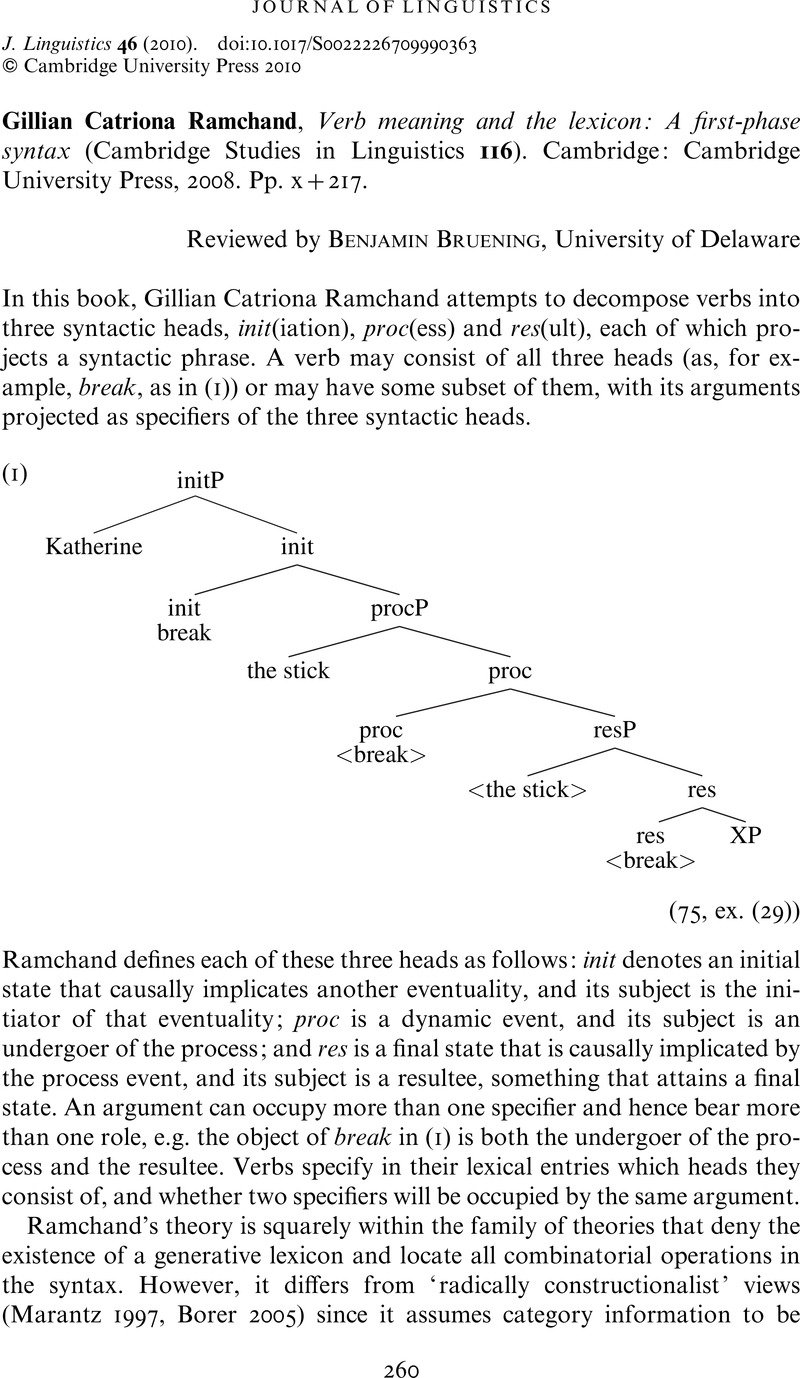Crossref Citations
This article has been cited by the following publications. This list is generated based on data provided by Crossref.
Rispoli, Matthew
2019.
The Sequential Unfolding of First Phase Syntax: Tutorial and Applications to Development.
Journal of Speech, Language, and Hearing Research,
Vol. 62,
Issue. 3,
p.
693.
2020.
Stative Inquiries.
Vol. 264,
Issue. ,
Moreira, Bruna Elisa da Costa
2021.
Construindo adjetivos disposicionais.
Cadernos de Linguística,
Vol. 2,
Issue. 4,
p.
e423.



